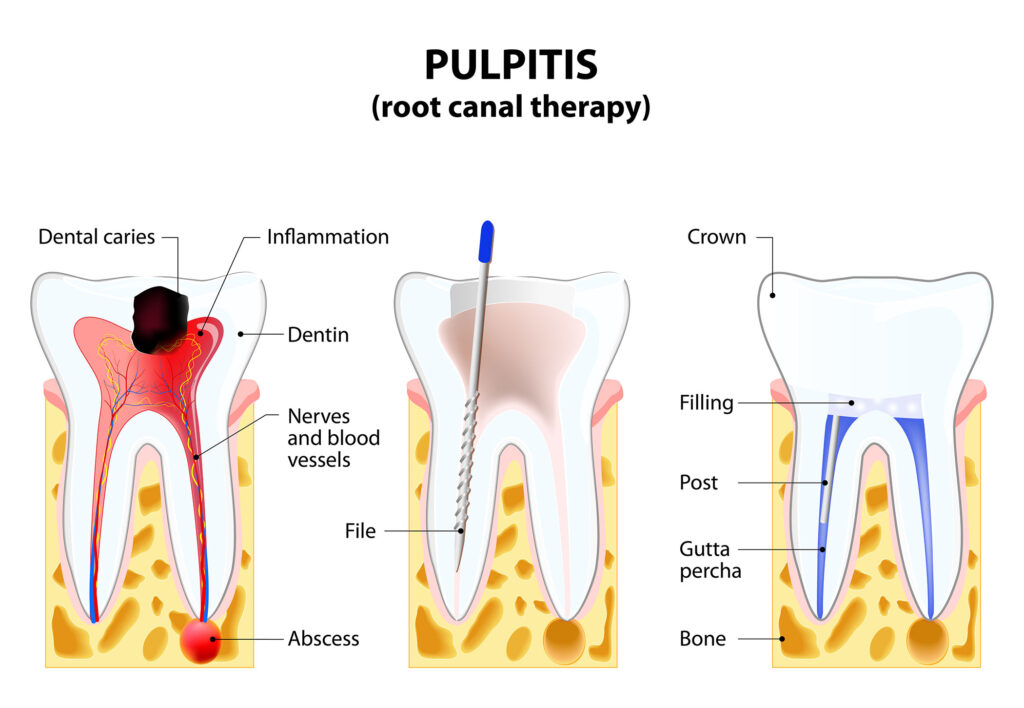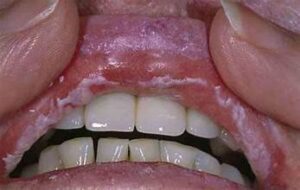What is a Root canal
A root canal is a dental procedure used to treat infection or damage within the pulp (the soft tissue inside the tooth) and the root canal system, which is the passageway that runs from the tooth’s crown to its root. When the pulp becomes infected or inflamed due to deep decay, a crack, or an injury, a root canal is performed to save the tooth and prevent further infection.
Why is a Root Canal Needed?
A root canal is typically required when:

Severe Tooth Decay: Bacteria have penetrated deep into the tooth, affecting the pulp.
Tooth Infection or Abscess: The infection can spread to the bone and other teeth if untreated.
Trauma or Injury: A cracked or broken tooth may expose the pulp to infection.
Persistent Pain or Sensitivity: Prolonged tooth pain, especially when chewing or eating hot/cold foods, can indicate pulp damage.
What Happens During a Root Canal?
Preparation: The dentist will numb the area with a local anesthetic.
Accessing the Pulp: The dentist drills a small hole into the top of the tooth to access the pulp chamber.
Cleaning and Removing Infection: The infected or damaged pulp is carefully removed, and the root canals are cleaned and disinfected.
Filling the Canal: Once the canal is clean, the space is filled with a material called gutta-percha to seal the tooth and prevent further infection.
Restoration: In most cases, a crown or filling is placed on the tooth to restore its shape and function.
Aftercare and Recovery:
You may experience mild discomfort for a few days after the procedure.
It’s important to avoid chewing on the treated tooth until it’s fully restored.
Follow your dentist’s advice on pain management and oral hygiene.
Root canals are highly effective in saving teeth that would otherwise need to be extracted, allowing the tooth to continue functioning like a healthy tooth.






